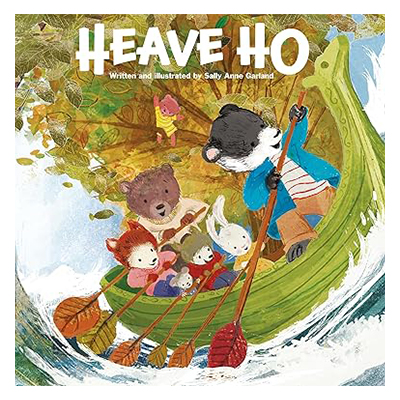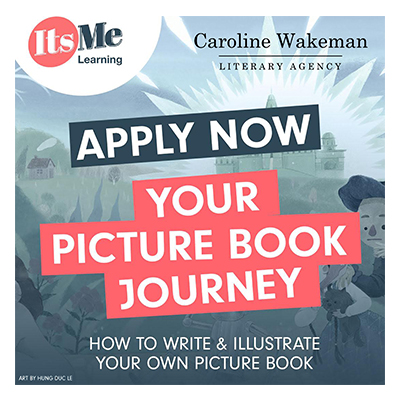Top Tips For Writing A Picture Book
Caroline has been helping artists write their own children’s books for many years now & loves nothing more than seeing one of these books comes to life. Here Caroline shares her top 10 Writing Tips for budding children’s book authors…
- Keep your text short and simple – most picture books are between 24 and 28 pages long(some extend to 32 pages) usually arranged in 12–14 double-page spreads. The ideal word content is between 250 and 500 words (500 words absolute maximum).
- Remember that every single word counts in a book with so few words, so you need to choose your words carefully. Every word you say is as equally important as the words you don’t say.
- Make sure your story has a beginning, middle and an end. The characters you create whether they are humans, animals, monsters, (or something else) will need to be appealing.
- You need a problem! If you have a problem then you have a good story. Stories are about overcoming obstacles and never about everything being easy, the way in which these events unfold is part of the meaning. Spread 8 is usually a good place to insert this, followed by a resolution at the end. A surprise is good too, or an unexpected twist – if you can manage it. Don’t try to force these, it has to flow within in the story or it could become your white elephant!
- Find your spark! A good story is more than just an idea – it needs a vital spark. The moment when an image, incident or words strike you as funny, important or interesting. This is what brings a story to life.
- Language is very important in all books, but especially in picture books for the very young. Try to imagine how the words will sound to a young child when read aloud and include opportunities within the display for noises or exclamations, this will make your text come alive. Children love joining in with the interactive parts of a story and it helps if adults enjoy your stories too. Also try to vary the pace of your story. An occasional double-page spread with few or no words at all can speak volumes.
- Rhyming and rhythm are popular in picture books, they are an invitation for the child to join in and try to predict which word will come next – it’s all part of learning to read! Catchphrases are good too, the same words repeated on several pages – but don’t overdo it. It’s also worth bearing in mind that rhyming books are difficult to translate, which could be a problem if you hope to have foreign co-editions of your book.
- Be patient. Find a quiet place where you can let your brain and imagination run free. It can take a while for your story to develop but it’s best to let this happen organically.
- Use one of our templates to plan your story. This will help you to pace the story and spread the events evenly with your illustrations.
- And finally, check out the competition! Look at classic picture books such as We’re Going on a Bear Hunt, Where the Wild Things Are and The Tiger Who Came to Tea as well as modern best sellers such as The Gruffalo.



